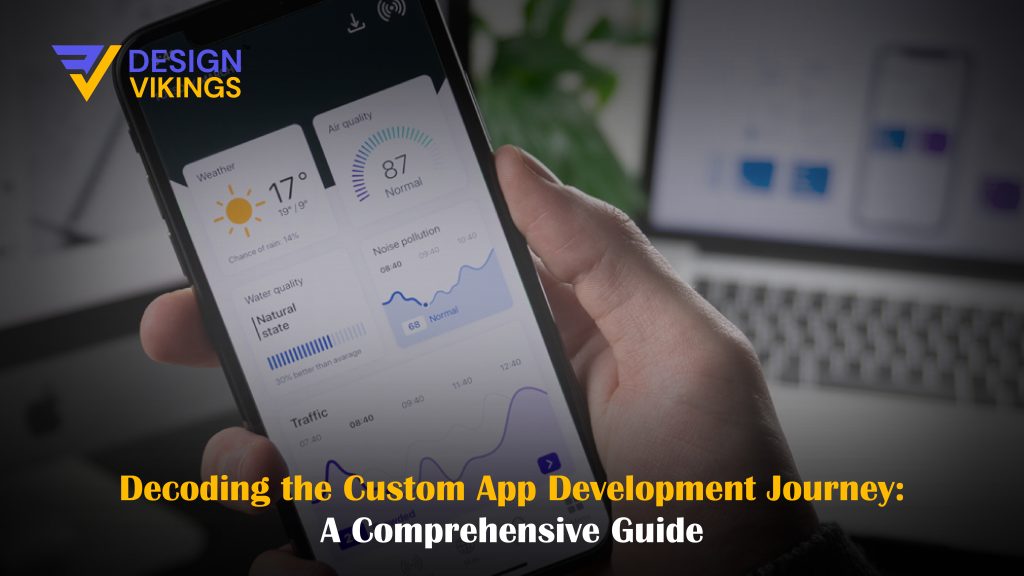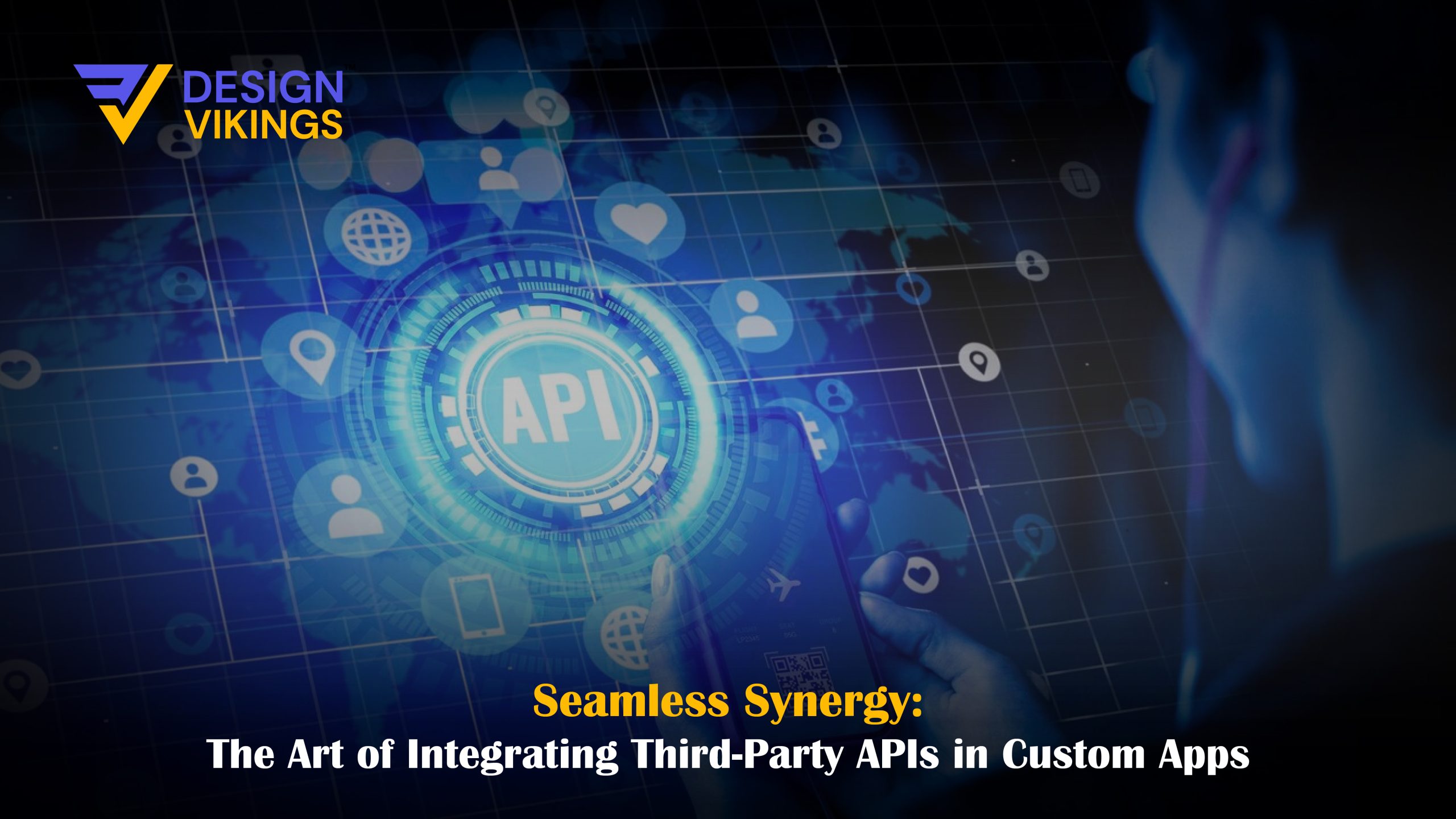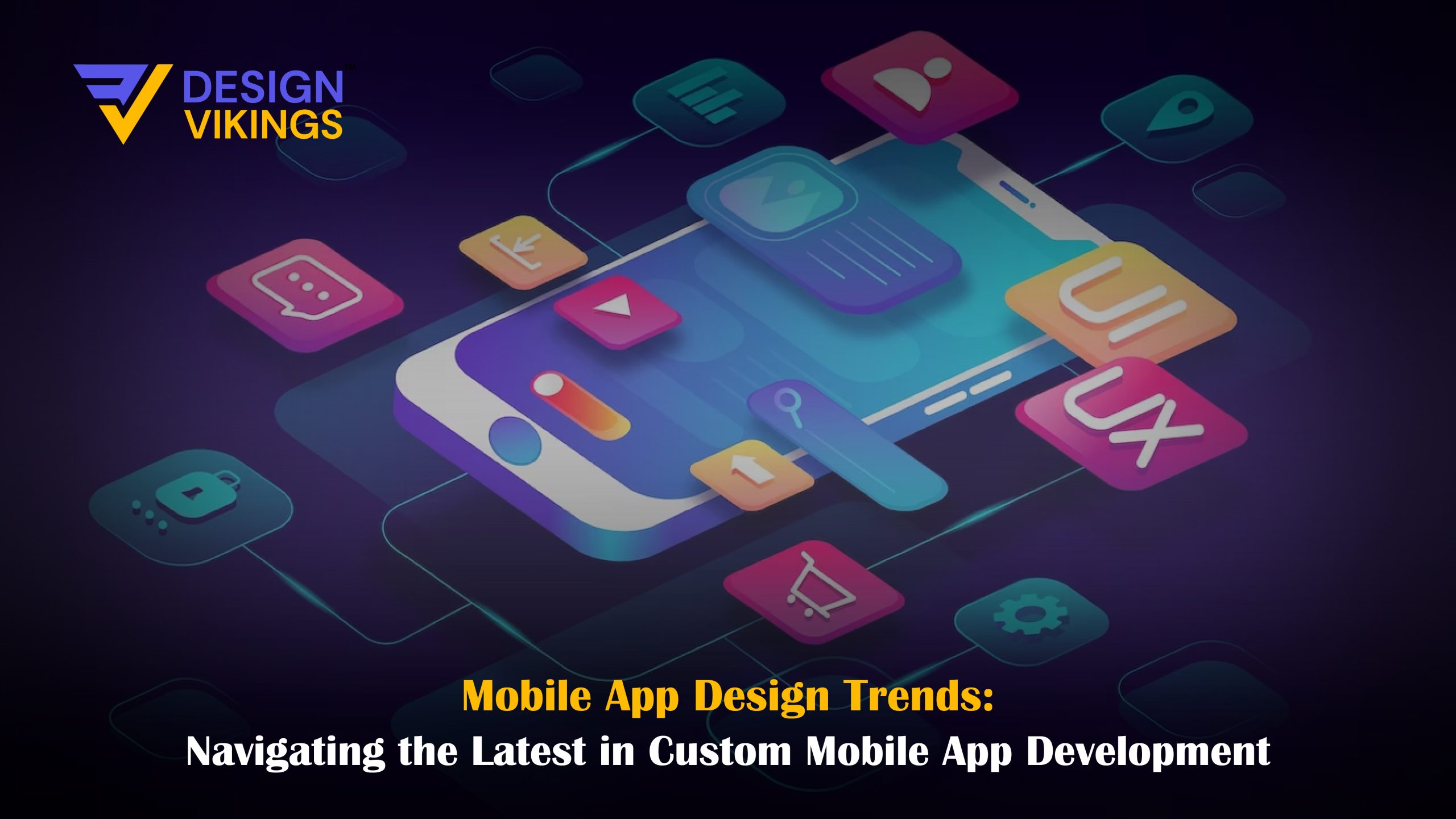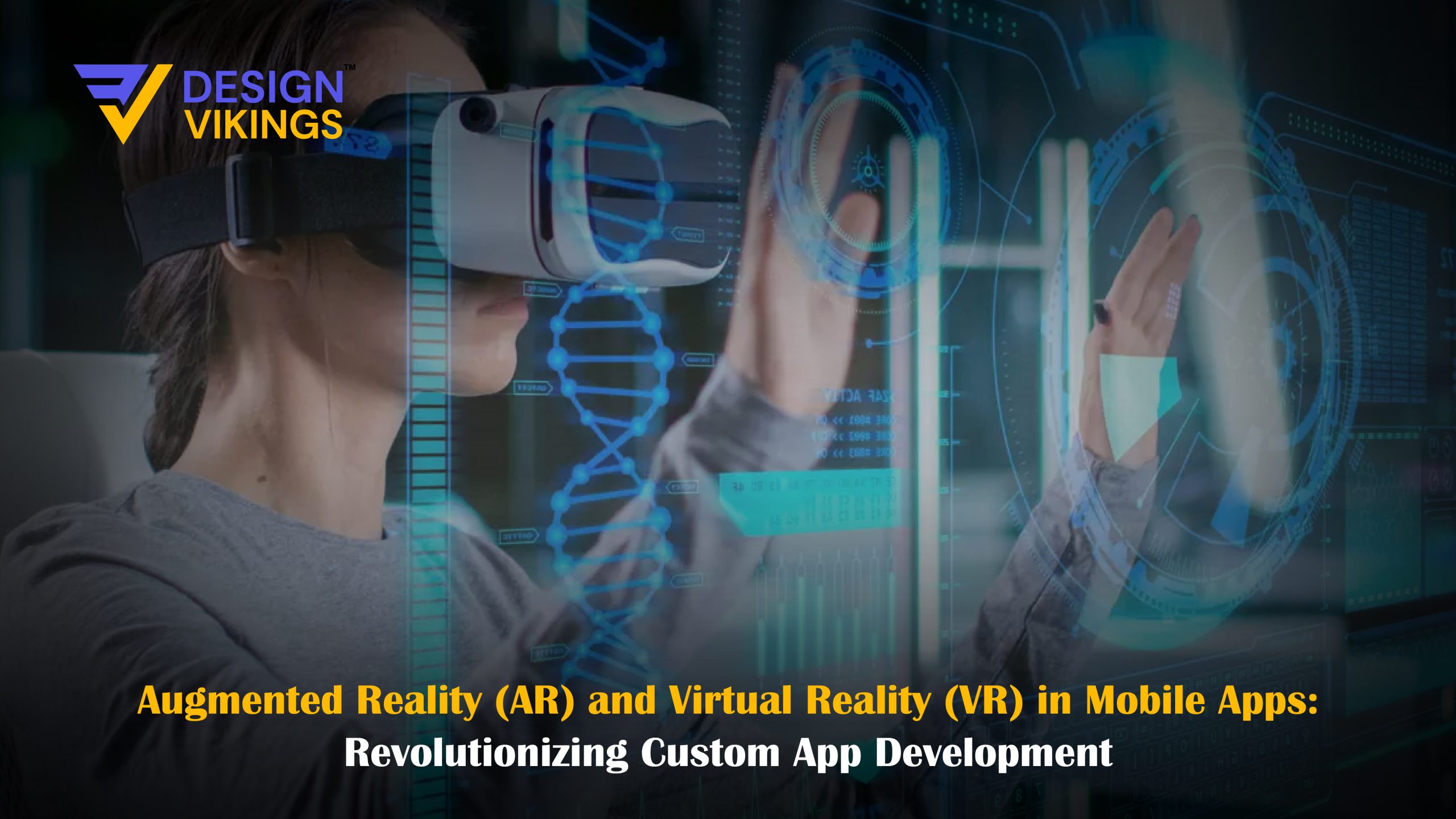Mobile app development has been the center of attention for many businesses. As the number of mobile phone and smartphone users is increasing, so is the demand for mobile apps. Custom app design and development have surpassed the generic mobile apps for long. Brands tend to add their touch of personalization and customization to apps fostering brand loyalty among users. The developments and advancements have become fast-paced in the landscape of custom app development. The journey of custom app development from ideation to post-launch support and maintenance is a holistic blend of creativity, innovation, precision and accuracy in a harmonious manner. Today, we unveil detailed insights into the process and journey of custom mobile app development in a comprehensive manner. We dissect the lifecycle of the app and discuss the intricacies involved in crafting digital masterpieces.
1. Ideation: The Innovation Spark
Ideation is the first phase of app development. Marking the genesis of transformative ideas, the app development journey starts with a brilliant concept ready to shake the world. Innovative ideas are born at this stage rendering solutions for problems or in the quest to enhance user experience. Expert analysts and researchers conduct thorough market research as part of the research and development process to identify the current market dynamics, loopholes, and areas for improvement. The conclusion of this phase results in the presentation of a unique value proposition that serves as the core idea for custom app design and development. The idea initiation is the cornerstone of custom app development. At this stage, understanding the target audience and their behavior is crucial to provide a picture-perfect solution and connecting with users.
2. Planning: Creating the Blueprint for Custom App Development
After the custom app designers and developers have conducted thorough market research to identify the underlying opportunities, the next phase is planning. Here, the developers layout the groundwork for app development along with the blueprint. At this stage, we define the scope of the project and develop a detailed project plan. We specify the features and functionalities, laying them out in detail, to be followed throughout the app lifecycle. For effective project management and app development, clear objective communication, setting achievable goals, and establishing realistic timelines is crucial. The blueprint laid out is the roadmap for the entire app development journey. The planning phase is necessary to guide a seamless execution of the project. Custom app designers exert efforts in this phase to have a clear pathway moving forward.
3. App Design: Bringing Concepts to Life
The design phase acts as the bridge between concepts and user interaction. The design phase turns the idea into a visually appealing design that captures the essence of a brand and exhibits flawless functionality. The UI/UX designers come together to create wireframes and prototypes turning ideas into visualization. User flows, information architecture and overall aesthetical appeal are part of this stage which breathes life into concepts. Custom app designers tend to create the perfect balance of aesthetics and functionality to create masterpieces. Hence, the end product is not only flawlessly functional but also offers an intuitive and engaging user experience. The app design should be creative and holistic, catching the user’s attention immediately and creative designers make sure of that.
4. Custom App Development: Coding Process
This stage in the app development lifecycle is perhaps the heart of the entire process. Developers take over the finalized design, making it operational through the implementation of functional code. The nature of the app and its requirements determine the selection of programming language, framework and development tools. In this phase, developers base the functionality on the blueprint already crafted in the previous stages. Consequently, a tangible, working application is made available for usage. Developers tend to add animations and effects to make the app feel livelier and engaging. Enhancing the user experience is totally dependent upon the process because the design would leave the first impression. The user installation and usage fosters the app’s impression. The core success of this phase is dependent upon the collaboration of designers, developers and project managers.
5. Testing: Ensuring Seamless Functionality
Testing is a process that takes place after the development process helping businesses to perfect their apps. Quality assurance and testing is a comprehensive process that scrutinizes even the slightest and tiniest aspect of the app to identify potential shortcomings. Specialist individuals known as quality assurance (QA) engineers are responsible for the testing phase. Testing can be of different types including functional testing, performance testing, security testing compatibility testing. Functional testing includes scrutinizing the app’s operations so that there are no bugs and everything is functioning smoothly. Performance testing includes testing of operational performance such as speed, capacity, loading time etc. Security testing includes upholding the values of integrity and data privacy as per the laws and regulations followed.
Compatibility testing includes responsiveness and optimization on different screen sizes and devices to get attention from every source. During the testing phase, bugs and issues are primarily identified, noted, and resolved by app developers at priority. Custom app developers ensure rigorous testing to make sure that the outcome is immaculate. This in turn makes sure that the app meets the required quality standards and performs faultlessly under different conditions.
6. Deployment: Announcing to the World
The deployment phase follows once the custom app developers have ensured that the application is ready to be introduced to the world. Metaphorically, deployment can be termed as the moment of truth. Precisely, it is the culmination of all efforts up to this stage. In this phase, the app is submitted to the app store, Apple or Android, for approval and publishing. This helps the app reach a wider audience and make its mark on the audience. For B2B applications, enterprise platforms can also execute the deployment phase instead of the app store.
Custom app design and development services are experts in this phase because as easy as it seems – it is much more complex. The deployment process requires a strategic rollout plan consisting of demographic segmentation, geographic conditions and limitations, and marketing strategies. The marketing strategies involve creating a buzz around the app and convincing people to try it out. The marketing needs to highlight the key standout features and unique selling propositions to encourage customers to try out the app. Gaining praise and positive reviews significantly contributes towards the new app’s success in the initial stages.
7. Post-Launch Support: Striving for Continuous Improvement
The custom app design and development process is not a one-time investment. It is an ongoing process requiring continuous monitoring and analysis for further improvements and bug fixes. The next phase in the custom app development lifecycle is post-launch support. Monitoring user feedback, analyzing metrics and addressing the arising issues promptly are crucial aspects of this phase. The post-launch support phase is crucial as it determines the app’s image, shaping its success or failure. If people are satisfied with the app – custom app developers are required to make sure that there are no new bugs or operational deficiencies, and that it continues to function properly. If they are not, go back to the drawing board and determine the shortcomings or negative aspects overcoming the disliked elements by the target audience.
Regularly update your app for the latest security features and functions that enhance the user experience and provide a feeling of superior functionality. Highly quality apps sustain user engagement and satisfaction through excellence in post-launch support. Eventually, continuous support ensures that the app is always relevant in the dynamic digital landscape.
8. Timely Maintenance: Sustaining Optimization
Custom app design and development might seem like a phase with an end goal – develop the app, deploy it and that’s all. However, the custom app design and development process is a long-term commitment extending to app maintenance. Hence, right maintenance is suitable for achieving full optimization. With each passing day, the technology is evolving and user expectations are upgrading along with new security features. Hence, coping with all of this becomes essentially necessary as it ensures the app’s long-term survival and success. Bug fixes, security patches and compatibility enhancements are all part of the maintenance process. Based on user feedback, new improvements and features can also be added as part of maintenance to fulfil their demands. Although it is deemed as the last process in the mobile app lifecycle, it certainly goes a long way.
Crafting Digital Excellence with Custom App Development
The custom app design and development process is a journey in itself. It is a comprehensive process requiring careful planning and execution. But foremost, the most important consideration is idea generation. If there lies a gap in the market, it is important to identify it through extensive market research. Custom app developers are experts in taking the brand through the app development journey from ideation to execution to deployment and testing. However, the idea generation must be done by business. If the idea is not a unique or holistic one, the application might be lost in a pool of apps offering the same value for possibly less money. The application beyond the development and deployment process must be sustained through maintenance.
The collaboration between the brand, designers, developers, project managers and QA engineers is vital for the app’s success. Every step plays a vital role in crafting digital excellence for the business. With iterative refinement, custom app developers not just forge an app but excellent digital experiences that resonate with users withstanding the test of technological evolution as well as time. If you are looking for custom app design and development services, Design Vikings specializes in providing brands with holistic app solutions. We take pride in offering custom app solutions. Our custom app designers and developers specialize in delivering masterpieces that provide an immaculate user experience. Visit our website www.designvikings.com.au to consult our business analysts and craft the pathway to your business success.







